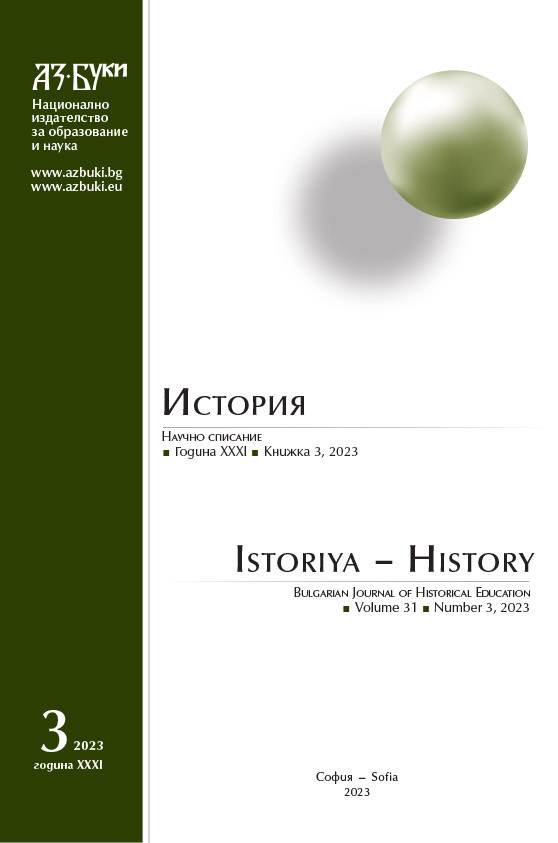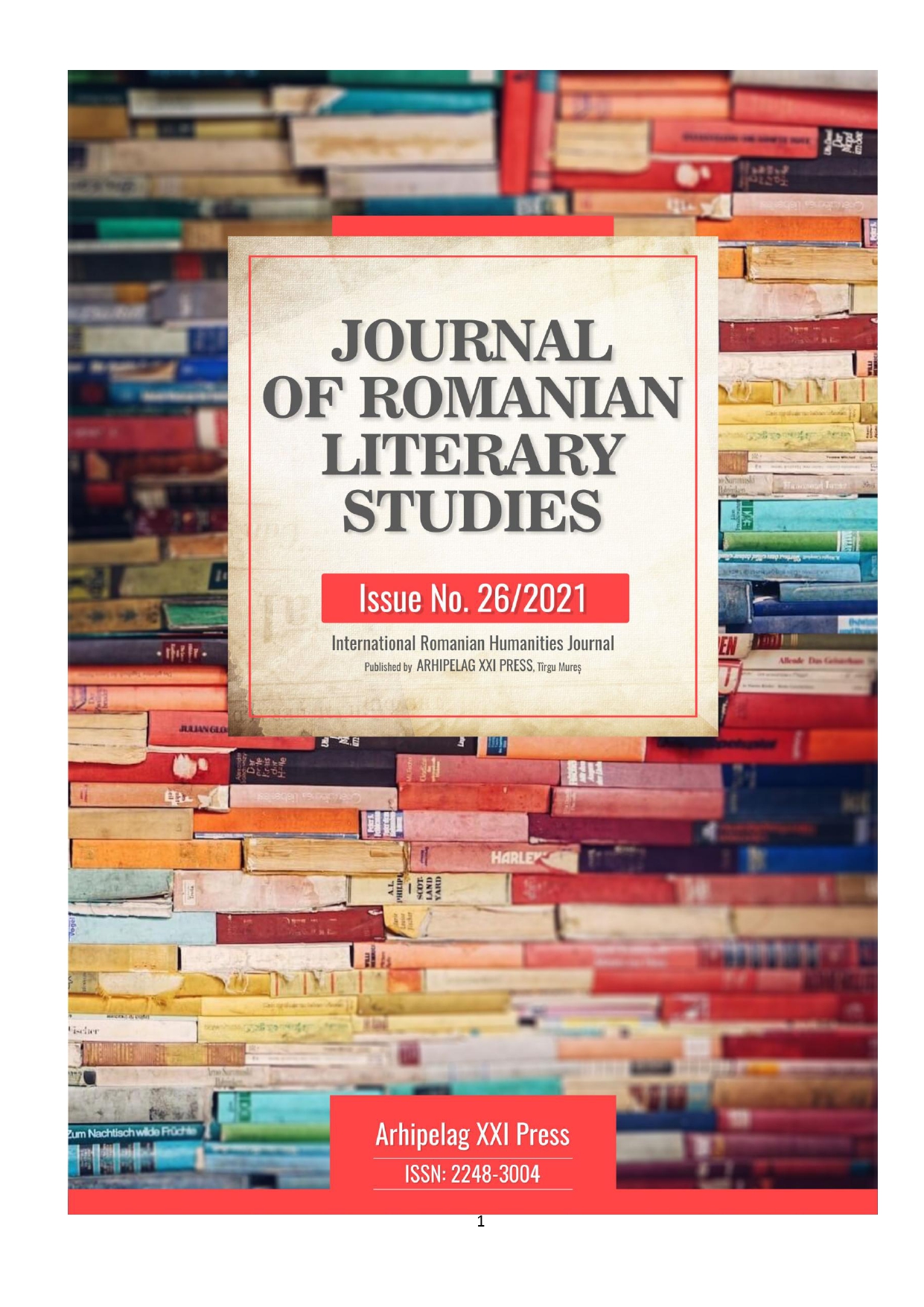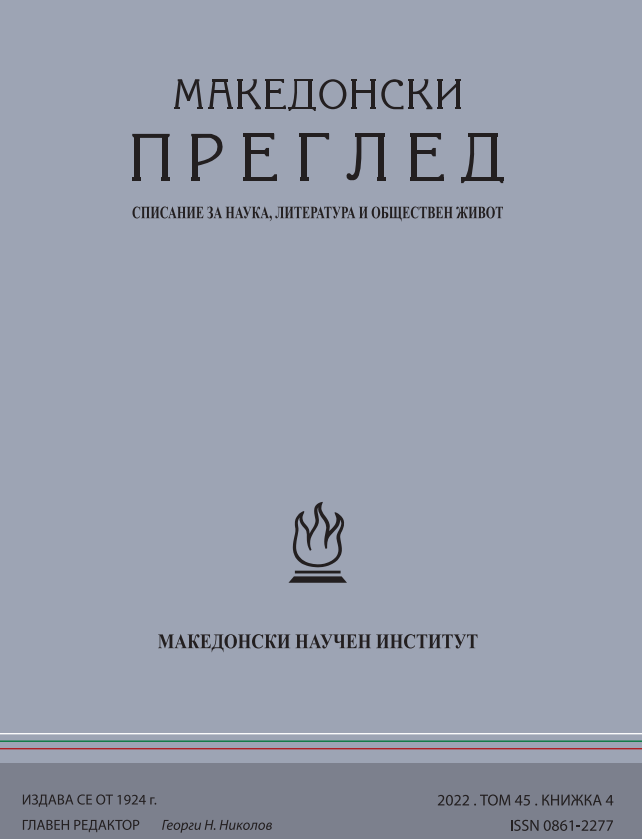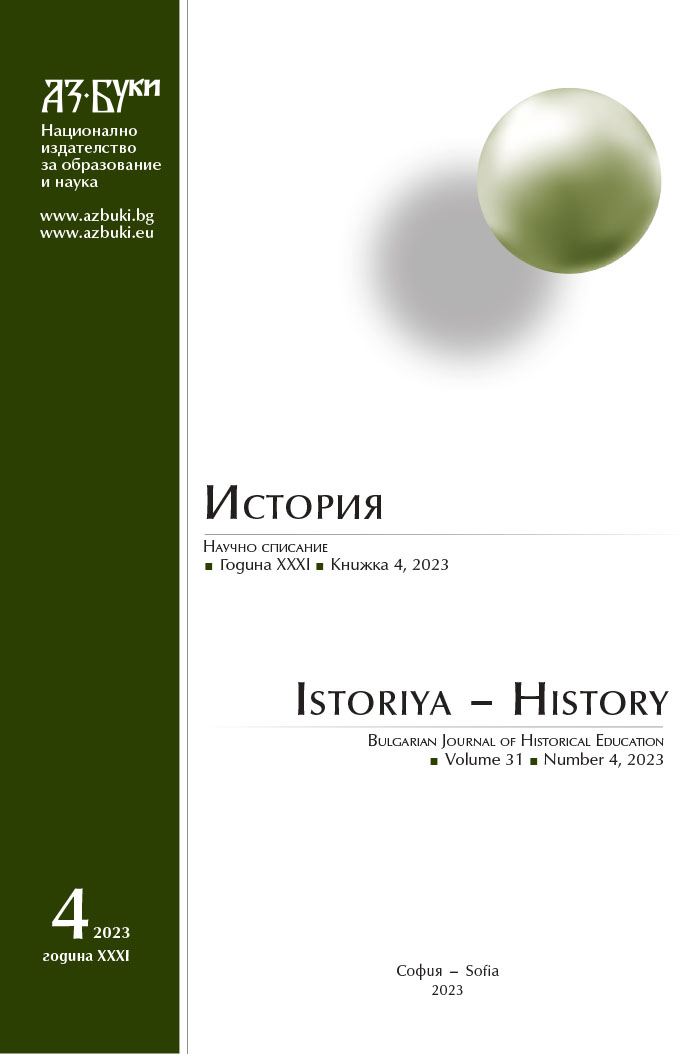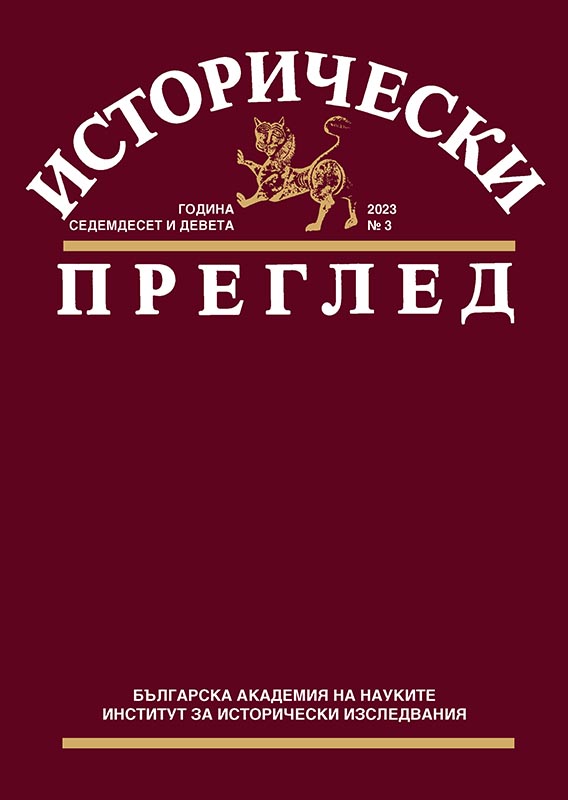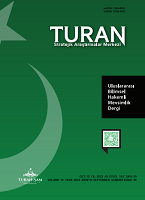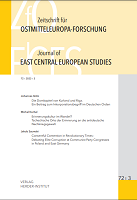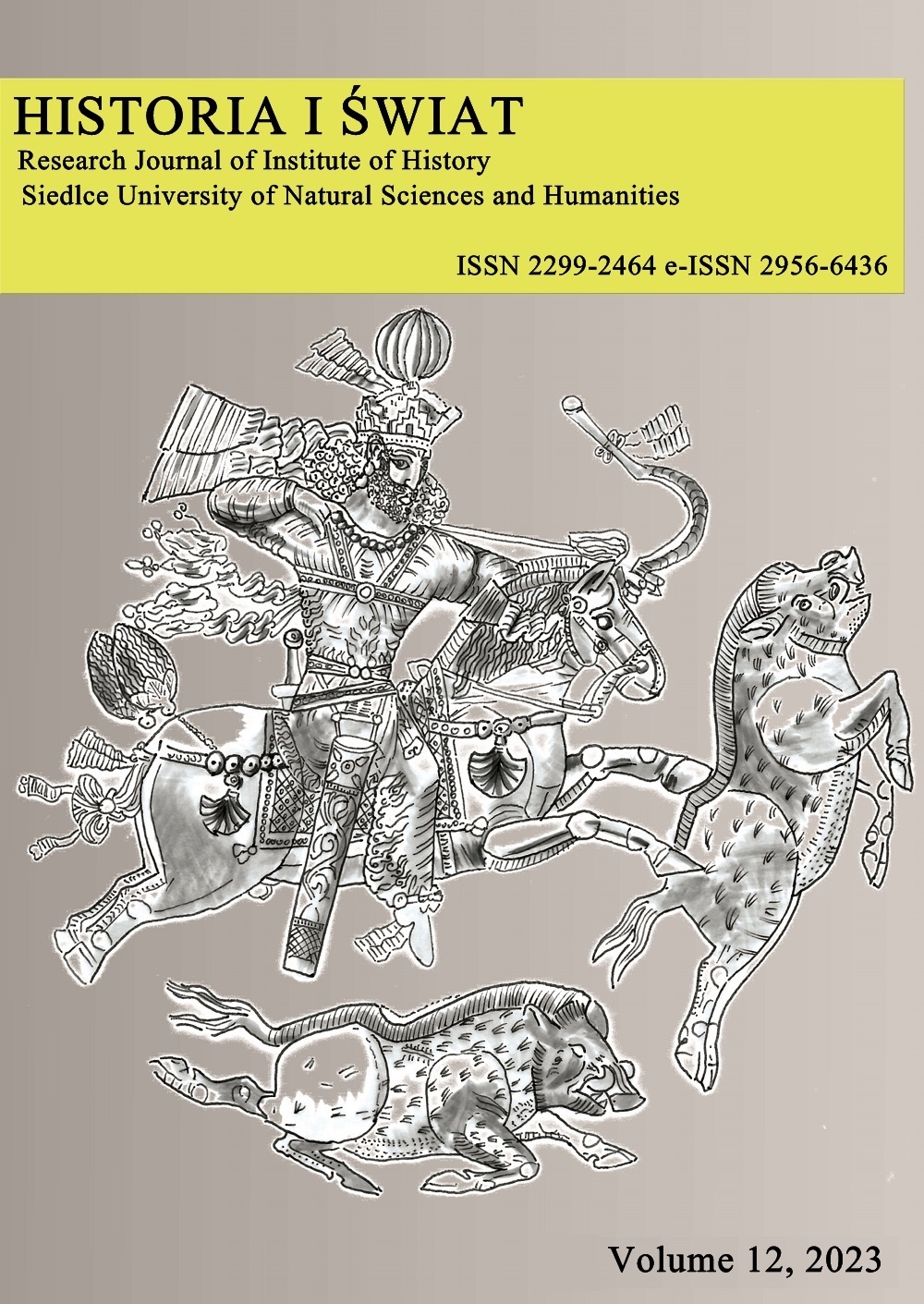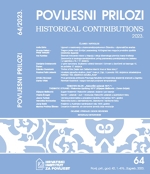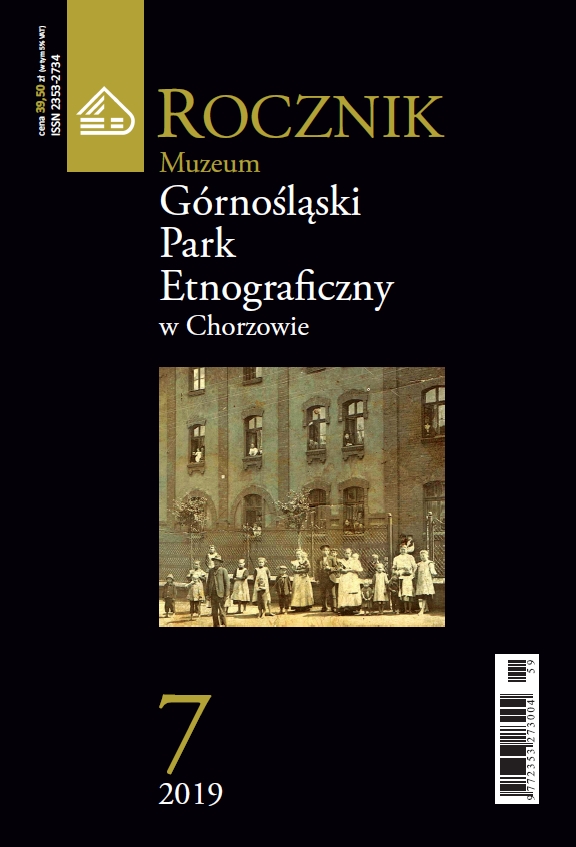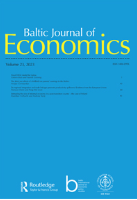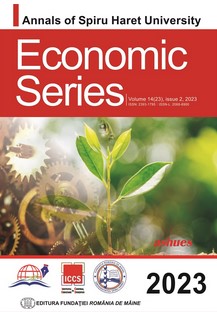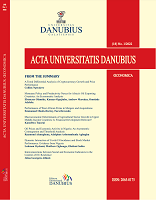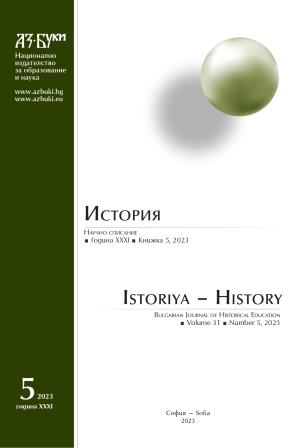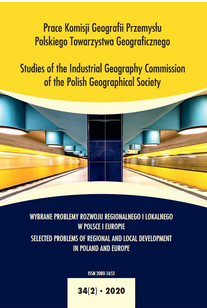
The import of used cars to Poland after EU accession
The purpose of the article is to identify the volume and spatial structure of imports of used cars to Poland during the first 15 years of membership in the European Union, using data from the Central Register of Vehicles. The article attempts to answer three key research questions: (1) What was the volume of imports of used cars to Poland in the period 2004-2018 against the background of the volume of imports into other selected countries and in relation to the level of sales of new cars? (2) From where (which countries) to where (which regions of Poland) were used cars imported? (3) How does the import of used cars affect the age structure of passenger cars in Poland? The conclusions of the study are as follows. In the period 2004-2018, nearly 12 million used cars were imported to Poland, which makes Poland the world leader in this field. The changes in the volume of imports were mainly influenced by the economic slowdown and lowering of consumers' income levels, vehicle scrapping programs in Western Europe (which reduced the supply of older cars in these countries) and the value of the zloty against the euro. Most cars were imported from Germany, and the main gateways for imported cars were the so-called "car crescent”, located mainly in the Wielkopolska region. The average age of imported cars varied from around 8.5 to around 11 years and increased the average age of cars in Poland.
More...
